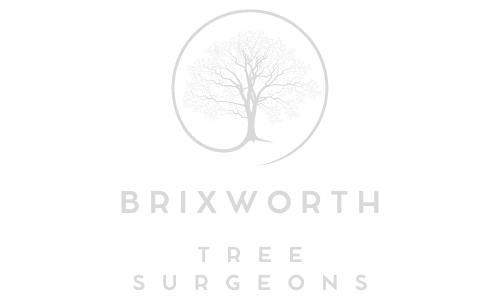Understanding the Different Types of Tree Cuts and When to Use Them
Tree surgery is a critical aspect of maintaining the health and safety of trees in your garden or on your property. However, understanding the various types of cuts and when to use them can be overwhelming for homeowners. At Brixworth Tree Surgeons, we are committed to providing you with the knowledge you need to ensure your trees receive the best care possible. In this post, we will explore the different types of tree cuts, their purposes, and the best times to apply them.
1. Crown Thinning
Crown thinning involves selectively removing branches throughout the tree’s crown to reduce its density while maintaining its overall shape. This type of cut is ideal for:
- Improving Light Penetration: Allowing more sunlight to reach the lower branches and surrounding plants.
- Reducing Wind Resistance: Minimising the risk of damage during storms by decreasing the sail effect of the tree.
When to Use: Crown thinning is typically performed during late winter or early spring before the growing season starts, allowing the tree to heal and flush new growth efficiently.
2. Crown Reduction
Crown reduction is the process of reducing the height and/or spread of a tree by cutting back the branches to suitable growth points. This method is beneficial for:
- Controlling Size: Keeping large trees manageable and preventing them from encroaching on buildings or power lines.
- Enhancing Aesthetics: Maintaining a more pleasing shape without compromising the tree’s health.
When to Use: This technique is best applied in late winter or early spring, similar to crown thinning, as it helps the tree to recover quickly.
3. Crown Lifting
Crown lifting involves removing the lower branches of a tree to increase the clearance between the ground and the tree’s canopy. This cut is particularly useful for:
- Improving Access: Providing space for pedestrians, vehicles, or lawn maintenance equipment.
- Enhancing Views: Allowing better visibility of the surrounding area or landscape.
When to Use: Crown lifting can be performed throughout the year, but it is advisable to avoid doing it during the bird nesting season (March to August) to protect wildlife.
4. Pollarding
Pollarding is a more extreme form of pruning, where the upper branches of a tree are cut back to promote a dense head of foliage. This method is often used for:
- Managing Size: Keeping trees smaller and more manageable, particularly in urban environments.
- Encouraging New Growth: Creating a more vigorous canopy that can provide a unique aesthetic.
When to Use: Pollarding is generally done in winter when the tree is dormant, as this reduces stress and encourages quick recovery.
5. Deadwooding
Deadwooding involves removing dead, dying, or diseased branches from a tree to improve its health and safety. This cut is essential for:
- Preventing Hazards: Reducing the risk of falling branches that could cause injury or property damage.
- Encouraging Growth: Allowing the tree to direct its energy towards healthy branches.
When to Use: Deadwooding can be done at any time of the year, but it’s crucial to assess the tree’s condition regularly to ensure safety.
Conclusion
Understanding the different types of tree cuts is vital for maintaining the health and safety of your trees. Whether you need crown thinning, reduction, lifting, pollarding, or deadwooding, each technique serves a unique purpose and should be performed at the right time to ensure the best results. At Brixworth Tree Surgeons, we are dedicated to providing expert tree surgery services tailored to your specific needs. If you are looking for professional tree care or need assistance with tree pruning, don’t hesitate to contact us. Together, we can keep your trees healthy and your property safe.
Call us on: 01604 279 593
Click here to find out more about Brixworth Tree Surgeons
Click here to complete our contact form and see how we can help with your tree needs.

